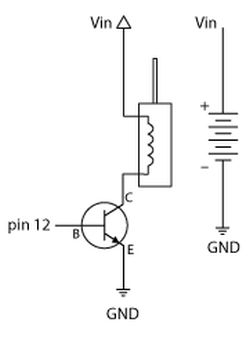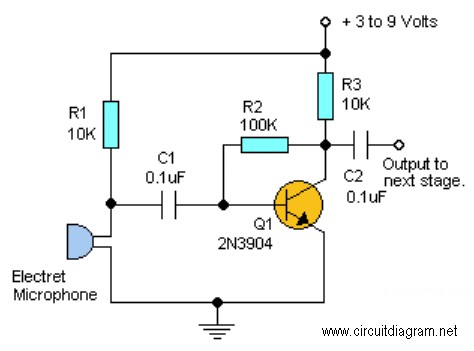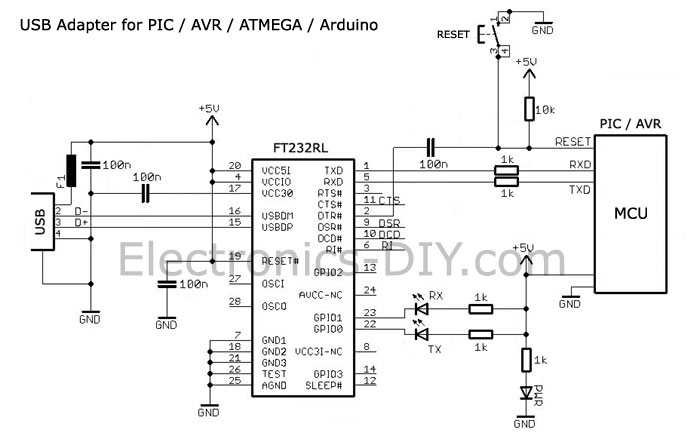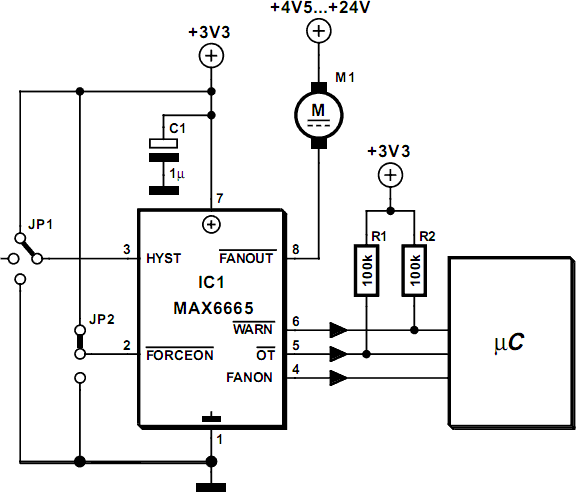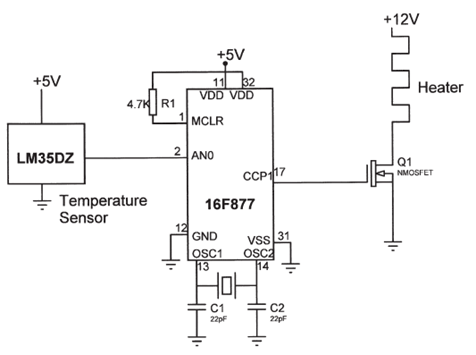
quick key adapter 10 button hid keyboard using pic18f14k50
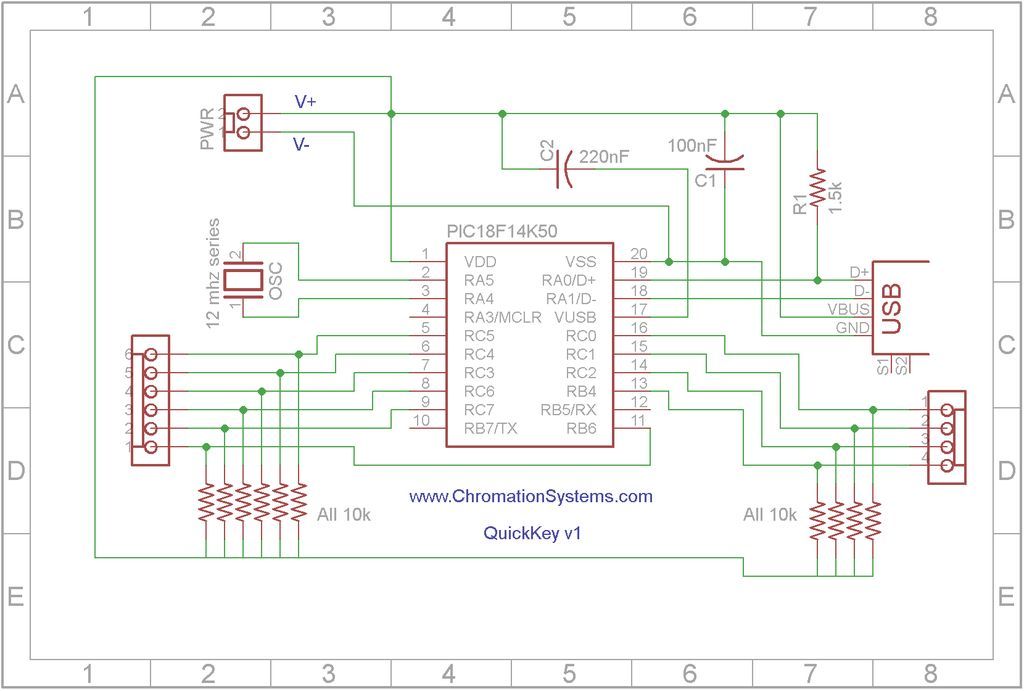
Quick Key Adapter, 10 Button HID Keyboard. This document outlines the process of creating a USB-connected Human Interface Device (HID) keyboard featuring 10 button inputs.
The Quick Key Adapter is designed to facilitate user interaction through a compact keyboard interface. The project involves constructing a USB HID keyboard that allows for the integration of up to 10 distinct buttons, each capable of sending specific signals to a host device, such as a computer or microcontroller.
The core of the design utilizes a microcontroller that supports USB HID functionality. Common choices for this application include the ATmega32U4 or the Teensy series of microcontrollers, which can emulate keyboard inputs over USB. The microcontroller is programmed to recognize button presses and translate them into keyboard commands.
The circuit is typically structured as follows:
1. **Microcontroller**: Acts as the central processing unit of the keyboard. It manages the input from the buttons and communicates with the host device via USB.
2. **Button Inputs**: Each of the 10 buttons is connected to a digital input pin on the microcontroller. Pull-up resistors may be employed to ensure that the input pins read high when the buttons are not pressed.
3. **USB Connection**: A USB connector is interfaced with the microcontroller, allowing it to be powered and communicate with external devices. The microcontroller firmware must be configured to initialize the USB connection and define the HID report descriptor, which specifies how the button presses are interpreted.
4. **Power Supply**: The circuit can be powered through the USB connection, eliminating the need for an external power source. This feature enhances portability and ease of use.
5. **Firmware**: The microcontroller will require custom firmware to define the behavior of the button inputs. This includes debouncing logic to prevent multiple signals from being sent when a button is pressed and released quickly.
6. **Enclosure**: To protect the components and provide a user-friendly interface, an enclosure can be designed to house the microcontroller and buttons. This can be 3D printed or constructed from other materials.
The Quick Key Adapter serves various applications, including gaming, accessibility devices, or custom input solutions for specific software. By allowing users to program each button to perform different actions, it enhances productivity and user experience. Overall, this project exemplifies the integration of hardware and software to create a functional and customizable input device.Quick Key Adapter, 10 Button HID Keyboard This Instructable covers creating a USB connected Human Interface Device Keyboard that has 10 button inputs which.. 🔗 External reference
The Quick Key Adapter is designed to facilitate user interaction through a compact keyboard interface. The project involves constructing a USB HID keyboard that allows for the integration of up to 10 distinct buttons, each capable of sending specific signals to a host device, such as a computer or microcontroller.
The core of the design utilizes a microcontroller that supports USB HID functionality. Common choices for this application include the ATmega32U4 or the Teensy series of microcontrollers, which can emulate keyboard inputs over USB. The microcontroller is programmed to recognize button presses and translate them into keyboard commands.
The circuit is typically structured as follows:
1. **Microcontroller**: Acts as the central processing unit of the keyboard. It manages the input from the buttons and communicates with the host device via USB.
2. **Button Inputs**: Each of the 10 buttons is connected to a digital input pin on the microcontroller. Pull-up resistors may be employed to ensure that the input pins read high when the buttons are not pressed.
3. **USB Connection**: A USB connector is interfaced with the microcontroller, allowing it to be powered and communicate with external devices. The microcontroller firmware must be configured to initialize the USB connection and define the HID report descriptor, which specifies how the button presses are interpreted.
4. **Power Supply**: The circuit can be powered through the USB connection, eliminating the need for an external power source. This feature enhances portability and ease of use.
5. **Firmware**: The microcontroller will require custom firmware to define the behavior of the button inputs. This includes debouncing logic to prevent multiple signals from being sent when a button is pressed and released quickly.
6. **Enclosure**: To protect the components and provide a user-friendly interface, an enclosure can be designed to house the microcontroller and buttons. This can be 3D printed or constructed from other materials.
The Quick Key Adapter serves various applications, including gaming, accessibility devices, or custom input solutions for specific software. By allowing users to program each button to perform different actions, it enhances productivity and user experience. Overall, this project exemplifies the integration of hardware and software to create a functional and customizable input device.Quick Key Adapter, 10 Button HID Keyboard This Instructable covers creating a USB connected Human Interface Device Keyboard that has 10 button inputs which.. 🔗 External reference
